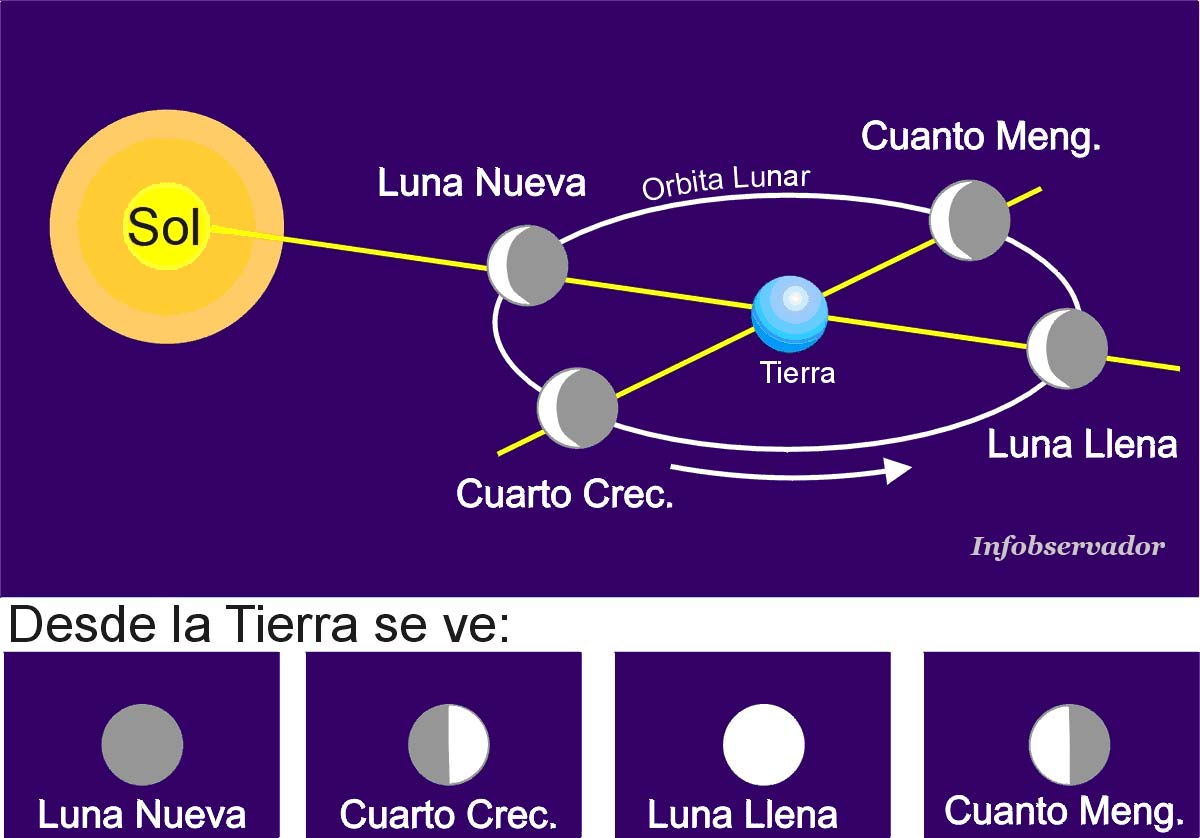Unveiling the New Moon: Why is it Called the 'New Moon'?
Have you ever gazed up at the night sky and wondered about the absence of the moon? This seemingly empty space holds a secret, a celestial beginning known as the new moon. But why is it called "new"? What makes this phase so special? This article delves into the intriguing reasons behind the new moon's name, exploring its scientific basis and cultural significance. We'll uncover the astronomical dance between the sun, Earth, and moon that creates this phenomenon, examining its importance throughout history and across cultures.
The term "new moon" refers to the lunar phase where the moon appears invisible or almost invisible from Earth. This occurs because the sunlit side of the moon faces away from our planet, leaving the side we see shrouded in darkness. It's a moment of renewal, a cosmic reset button for the lunar cycle. The name "new moon" signifies the start of this cycle, the beginning of the moon's journey from darkness to fullness and back again.
Understanding why the new moon is called "new" requires a grasp of the moon's orbital mechanics. As the moon orbits Earth, its position relative to the sun changes. During the new moon phase, the moon is positioned between the Earth and the sun. This alignment means that the sun illuminates the far side of the moon, the side we cannot see. The side facing Earth remains dark, hence the "new" designation, symbolizing the start of a fresh lunar cycle.
Throughout history, the new moon has held special significance in various cultures. Many civilizations viewed it as a time of new beginnings, a period for setting intentions and planting seeds, both literally and metaphorically. The darkness of the new moon was often associated with introspection and contemplation, a time for turning inward and preparing for the growth that would come with the waxing moon. Some cultures even held special ceremonies and rituals to mark the new moon, acknowledging its power and influence.
The significance of the new moon extends beyond cultural practices. Its gravitational pull, combined with the sun's, influences tides on Earth, creating the highest and lowest tides known as spring tides. While not as visually striking as the full moon, the new moon's influence on our planet is undeniable, reminding us of the interconnectedness of celestial bodies. It is a reminder of the cyclical nature of life, death, and rebirth.
A simple example of the new moon's influence can be seen in the tides. During the new moon and full moon phases, the gravitational forces of the sun and moon combine, creating stronger tidal forces than during other phases.
One benefit of understanding the new moon is its connection to personal growth. By recognizing the new moon as a time of new beginnings, we can align our intentions with the lunar cycle, using it as a framework for setting goals and making positive changes in our lives. Many people use this time for journaling, meditation, and setting intentions for the month ahead.
An action plan for working with the new moon might involve setting aside quiet time for reflection, journaling about intentions, and visualizing desired outcomes. This could be followed by concrete steps to begin working towards these goals during the waxing moon phase.
Frequently Asked Questions:
1. What is a new moon? A: The new moon is the lunar phase where the moon appears invisible from Earth.
2. Why is it called a new moon? A: It's called "new" because it marks the beginning of a new lunar cycle.
3. What causes a new moon? A: The alignment of the sun, Earth, and moon, where the moon is between the Earth and sun.
4. Does the new moon affect tides? A: Yes, the new moon contributes to spring tides.
5. What is the cultural significance of the new moon? A: It's often associated with new beginnings and setting intentions.
6. When does the new moon occur? A: Approximately every 29.5 days.
7. Can you see the new moon? A: It is usually invisible to the naked eye.
8. How can I track the new moon phase? A: Through lunar calendars, apps, or astronomical websites.In conclusion, the term "new moon" isn't arbitrary; it signifies a crucial point in the lunar cycle, a time of darkness that precedes renewal. Understanding why it's called "new" deepens our appreciation for the celestial mechanics and cultural significance of this lunar phase. By aligning our awareness with the rhythm of the new moon, we can tap into its potent energy of new beginnings and personal growth. This celestial phenomenon serves as a timeless reminder of the cyclical nature of life and the universe, encouraging us to embrace the constant dance of darkness and light, of ending and beginning. So, the next time you find yourself under a seemingly empty night sky, remember the hidden potential of the new moon, the quiet power of a new beginning just waiting to unfold.
Unlocking chile your guide to calendario fechas especiales chile
Windows 11 screen savers because staring at a blank screen is so 2003
What is the forearm area








:format(jpeg):focal(232x151:242x141)/cloudfront-us-east-1.images.arcpublishing.com/gfrmedia/KLNHVAXKQ5EADEL7SGKOIKWINU.jpg)




